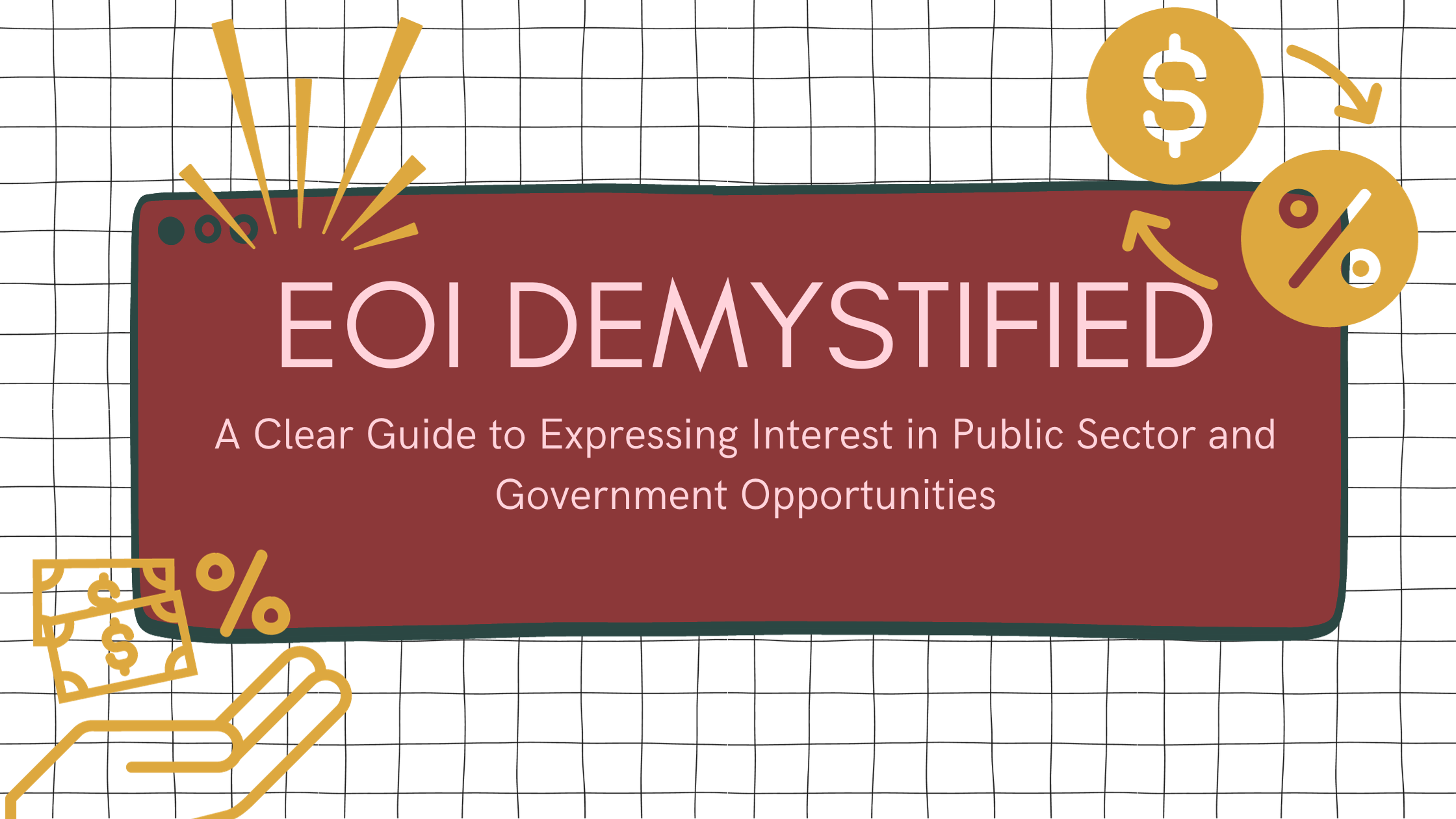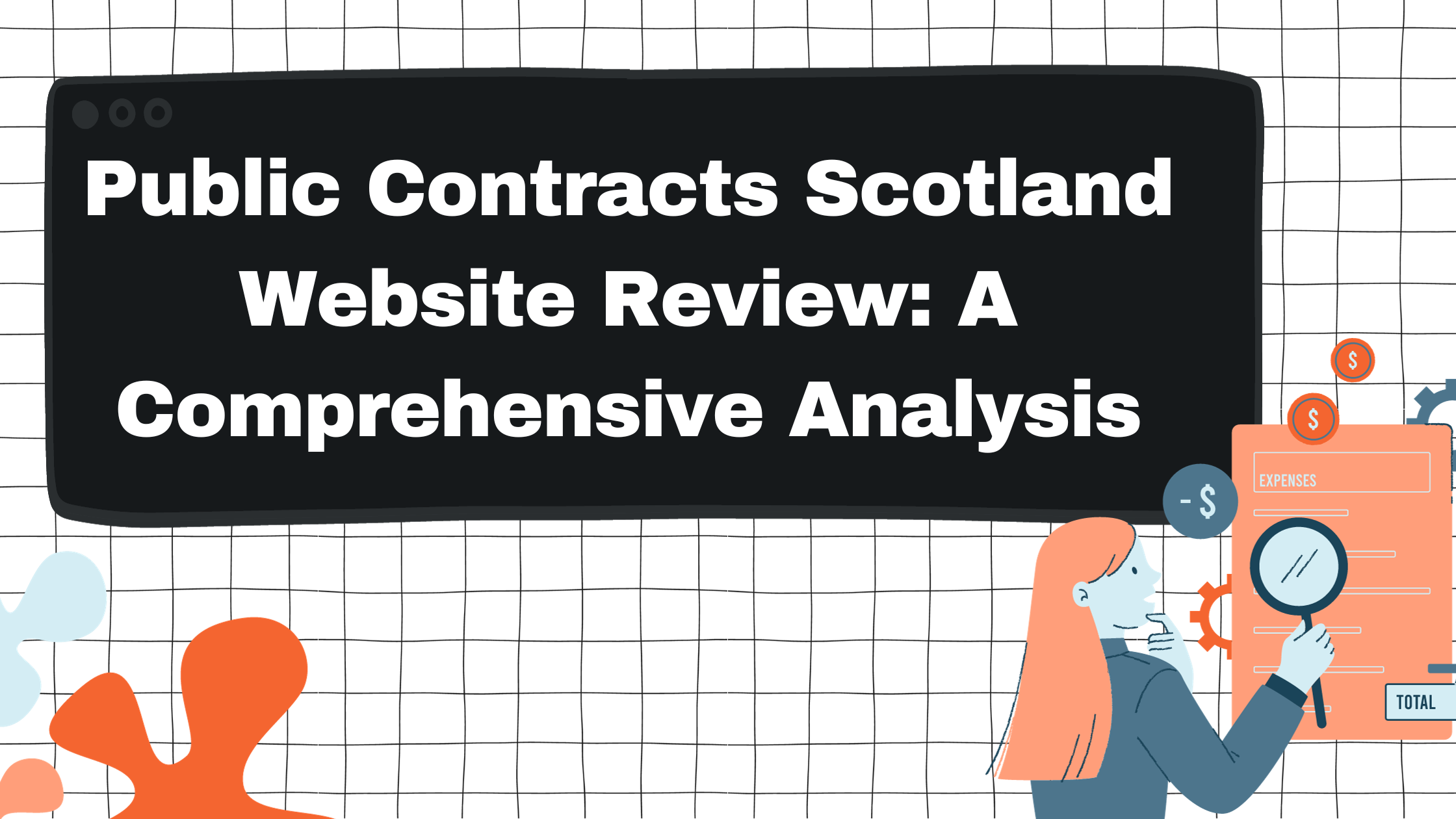Optimizing RFP and Proposal Writing Services for Effective Responses

Need Help with Your Bid?
Get in touch by filling out the form and one of our advisors will be in contact.
Contact UsHow Bid Size Matters in Crafting an Optimal RFP Response
Responding to an RFP (Request for Proposal) is a critical process where businesses outline how they can meet the needs of a prospective client. Crafting a bid for an RFP response requires a delicate balance between being competitive and realistic. Your response is a showcase of your organization's capabilities, understanding of client requirements, and commitment to delivering results. Therefore, it's essential to ensure that your proposal is tailored to the RFP's specifications, demonstrating that your solution aligns with the client's goals and budget.

The goal of your proposal is not just to win the contract but also to start a successful, long-term relationship with the client. To achieve this, it's crucial to include a comprehensive financial outline and thorough technical details to prove that your company can manage the project effectively. Equally important is building credibility by sharing previous successes and qualifications that resonate with the RFP's objectives. From the introduction to the final details, your response should be precise, well-structured, and infused with a clear understanding of the potential partnership—a roadmap to how your business can realize the client's vision.
Key Takeaways
- Tailor your response precisely to match the RFP requirements.
- Emphasize on outlining clear financial and technical capabilities.
- Establish credibility through proven experience and expertise.
Understanding the RFP
To craft a successful RFP response, you must first thoroughly comprehend the request for proposal (RFP) itself. It lays the foundation for how you will approach the RFP response process and ultimately, addresses the business challenge at hand.
Decoding RFP Requirements
Understanding the RFP requirements is crucial. Each RFP outlines specific evaluation criteria, which can include project scope, budget, timelines, and expected deliverables. Your job is to:
- Read every section carefully. Do not overlook details that could be pivotal in crafting a compelling offer.
- Highlight key terms and conditions: Use this to ensure your response aligns with what the issuer seeks.
Example:
RequirementYour UnderstandingNotesProject ScopeWhat exactly is being requested?Ensure your capabilities match the RFP scope.Budget ConstraintsThe budget range the issuer is willing to fundDetermine if it's financially viable for your company.TimelinesSubmission deadlines and project durationAssess if you can meet these with quality output.DeliverablesSpecific expected outcomesClarify any ambiguous deliverables with the issuer.
Evaluating Go or No-Go Decision
Making a go or no-go decision is a high-stakes aspect of the RFP response process. Consider the following:
- Does the RFP align with your strategic goals and core competencies?
- Can you meet the RFP's demands within the given timeline and budget?
Assess your fit by comparing the RFP to your business's strengths and weaknesses. A careful evaluation will inform whether you should allocate resources to this opportunity or pass it in favor of a better fit.
Crafting the Proposal
When responding to a Request for Proposal (RFP), your proposal must be meticulously structured to address the client's needs clearly and effectively. Ensure every section is tailored to exhibit your understanding and capability to deliver the required solution.
Developing the Executive Summary
Your executive summary is a critical component of your RFP response. It's the first section the reader encounters, so it should encapsulate the core value proposition of your proposal succinctly. Begin by clearly stating the problem or opportunity the RFP presents and how your approach is uniquely suited to address it. Remember to infuse the summary with confidence and clarity, providing a snapshot of why your proposal stands out.
Outlining the Solution Framework
Next, present your solution framework, detailing how you plan to approach the project's requirements. Utilize a clear structure such as bullet points or tables to outline phases, milestones, and end objectives. Incorporate proposal software to formulate a precise and professional response. Your solution should not only align with the RFP but also reflect a deep understanding of the potential client's industry and the specific challenges they face.
Showcasing Differentiators
Lastly, highlight what sets you apart from the competition—your differentiators. This is where you get to shine by articulating your unique strengths, whether it's your team's expertise, innovative methodologies, or a track record of successful projects. Provide tangible examples and, if applicable, link to an rfp response template that showcases previous success stories. This sections aims to not just satisfy the RFP’s criteria but to position your proposal as the most compelling choice.
Financial and Technical Details

In the realm of RFP responses, the financial and technical sections are pivotal; they reassure the client of your ability to deliver cost-effective solutions while fulfilling the technical requirements.
Presenting Pricing and Budget
When presenting your pricing, ensure it reflects the true value of your services, while being competitive and transparent. Break down your total budget into categories such as labor, materials, and overheads. Use tables to make it easy to understand:
CategoryCost EstimateNotesLabor$X,XXXInclusive of staffingMaterials$X,XXXAs per project needsOverhead$X,XXXOperational costsTotal$X,XXXFinal estimated budget
Incorporate any potential costs for hiring subject matter experts who have the necessary expertise for specialized tasks within the project.
Elaborating on Scope of Work and Deliverables
Your scope of work should detail the project tasks and their respective timelines. Be specific about the deliverables, defining what will be delivered, and when, plus any relevant milestones. For example:
- Task 1: Development of core modules (Q1 - Q2)
- Deliverable: Alpha version of software
Methodically describe the methodologies you will employ to manage the project, emphasizing how these methods will ensure a successful outcome and help to maintain project costs within the set budget.
Remember to outline the criteria for project success as agreed upon with the client, to align your scope of work and deliverables with their expectations.
Building Credibility
Building credibility in your RFP response is crucial to set your bid apart from competitors. It's an opportunity to provide tangible proof of your company's capacity to deliver on promises. Incorporating case studies and testimonials can reinforce your expertise and successful track record.
Including Relevant Case Studies and Success Stories
To demonstrate your experience, include relevant case studies within your response. These should:
- Highlight past projects that align closely with the prospective client's needs.
- Showcase quantifiable results, like improved efficiency or cost savings, which speak to your ability to deliver measurable success.
- Mention any certifications or awards that underscore your team's expertise, such as industry-specific or project management credentials.
Success stories offer compelling narratives that can help you illustrate how your services have positively impacted previous clients. Ensure that all cases and stories are:
- Directly related to the scope of the RFP.
- Clearly detailed and factually accurate.
- Proofread to reinforce a professional and careful approach.
Adding Testimonials and References
Testimonials and references serve as powerful endorsements of your company's reliability and professionalism. When including them, make sure they:
- Are sourced from recognizable and respected entities to enhance trust.
- Reflect the sentiments of clients who have benefitted from similar services.
It's also beneficial to list subject matter experts from your team, especially those who have a proven track record and can vouch for your company's competence.
Remember, each testimonial and reference contributes to painting a picture of a dependable, high-quality service provider capable of crafting a winning RFP response. It's this attention to detail in demonstrating credibility that can make a definitive difference in the eyes of the RFP evaluators.
Finalizing the Response

Before submitting your RFP response, it's crucial that every element of your proposal aligns with the prospective client's expectations and stands out as polished and professional. Attention to detail during the review process, and adhering to submission requirements, can significantly increase the success of your bid.
Reviewing and Editing for Perfection
Begin your review process by ensuring that all rfp questions have been answered thoroughly and accurately reflect your understanding of the client's needs. Use a checklist to compare your response against the RFP instructions line by line.
- Content Review:
- Answers align with the RFP's questions and objectives.
- Tone is consistent and tailored to the prospective client.
- Formatting Review:
- Document follows any specified format, font, and spacing requirements.
- Visual elements like tables, charts, or graphics are correctly placed.
Next, initiate the editing process by scrutinizing your response for clarity, conciseness, and persuasiveness. Think like the client, focusing on adding value and addressing their pain points with specific solutions.
- Editing Checklist:
- Grammar, punctuation, and spelling are flawless.
- Language is clear and jargon-free.
Packaging and Submission Requirements
After editing, your next step is to prepare your response package, considering any physical or digital submission formats specified by the RFP. Ensure your documents are organized logically, typically starting with an executive summary and ending with any required attachments.
- Digital Submissions:
- Files are compatible with the client's requested formats (PDF, Word, etc.).
- File names follow any naming conventions outlined in the RFP.
- Physical Submissions:
- Printed copies are clean, unstapled (if required), and presented professionally.
- Packaging adheres to the RFP's instructions, using labeled tabs or binders as needed.
Complete your packaging by including all necessary attachments. These can range from proof of certifications to past project examples. Double-check the submission details in the RFP—due dates, delivery methods, the number of copies required—and set reminders for tracking and follow-up after submission to ensure receipt and to signal your attentiveness and professionalism.
Frequently Asked Questions

In this section, you'll discover specific insights into optimizing your Request for Proposal (RFP) responses, from key components that define success, to strategies that boost your response rate and win rate metrics.
What are the key components of a successful RFP response?
The key components of a successful RFP response include a thorough understanding of the client's needs, a clear and concise proposal outlining your solution, relevant experience, and a competitive pricing strategy. Ensure your answer is personalized to the client's questions and free of any non-essential information.
Can you provide examples of effective RFP responses for specific industries like software development or construction?
Yes, effective responses for software development often highlight technical expertise, innovation, and security. For construction, they emphasize project management skills, compliance with regulations, and safety measures. The Bid Lab offers insights into tailoring your proposal to industry-specific needs.
What strategies can be employed to improve the response rate for RFPs?
To improve the response rate, start early, understand the client's selection criteria, and follow all the guidelines specified in the RFP. Integrate a streamlined bid management process to efficiently reuse content where applicable, saving time on future RFPs.
How can an RFP response be crafted to stand out from the competition?
To differentiate your RFP response, include unique value propositions, case studies, testimonials, and creative yet professional formatting. Make sure your response is compliance-focused and aligns closely with the RFP requirements while also showcasing your unique strengths.
What tools and software can assist in creating and managing RFP responses?
Leverage tools and software such as proposal management software that helps organize and retrieve past responses, automate mundane tasks, and ensure consistency in the response process. A comprehensive platform like Loopio can be highly beneficial.
What metrics or methods can be used to determine the win rate for RFP responses?
Evaluate the win rate by dividing the number of won RFPs by the total number submitted. Detailed analytics can help assess which parts of your response resonate best and where improvements can be made. Tracking these metrics over time allows you to continually refine your RFP strategy.
Ready to start your search?
Get in touch by filling out the form to the right and one of our advisors will curate a personalised selection for you.
Get in touchBlogs. Guides. Helpful advice.

Mastering Proposal and RFP Writing for Government and Public Sector Opportunities

Proposal and RFP Writing Services: Enhancing Public Sector Tender Outcomes

.svg)